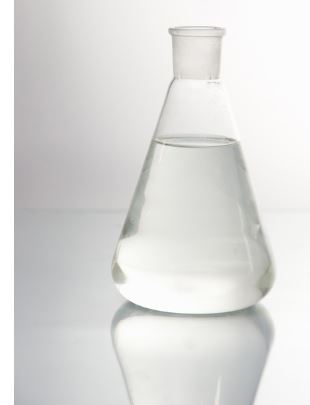 White oils are highly refined mineral oils that are colorless, tasteless, odorless, and can be used in a variety of applications. Key applications for white oils include adhesives, agriculture sprays, animal feed, fertilizers, food, pharmaceuticals, cosmetics, plastics, textiles, and other minor applications. The global white oils market is estimated to be 1.5 million tons as of 2014. Asia represents over 60% of the global consumption, driven by growth in China, India, South Korea, and Taiwan. North America trails as the second largest market, and Europe is the third. In total, these three major markets consume roughly 95% of the global demand.
White oils are highly refined mineral oils that are colorless, tasteless, odorless, and can be used in a variety of applications. Key applications for white oils include adhesives, agriculture sprays, animal feed, fertilizers, food, pharmaceuticals, cosmetics, plastics, textiles, and other minor applications. The global white oils market is estimated to be 1.5 million tons as of 2014. Asia represents over 60% of the global consumption, driven by growth in China, India, South Korea, and Taiwan. North America trails as the second largest market, and Europe is the third. In total, these three major markets consume roughly 95% of the global demand.
The global white oils market growth is directly related to the regional economic growth. As a result, the white oils market will witness moderate growth. Slower growth in western economies, coupled with the migration of manufacturing to Asia, is expected to drive the consumption of white oils in Asia at a higher rate than Europe and North America.
Plastics and polymers, particularly polystyrene (PS), is the leading end user of white oils. Other end-use industries include TPE, LDPE, and PVC. Nearly 50% of the white oil in Europe is consumed by the plastics and polymers industry. Health and beauty is the second largest consumer of white oils in Europe and North America. White oils are used in a plethora of health and beauty products, such as suntan lotions, sunscreens, and emollient creams. Low viscosity grades are commonly preferred in health and beauty applications while heavier grades are primarily used in industrial applications like in plastics and polymers, and adhesives.
White oils are also used in hot melt adhesives (HMA) for human or food contact applications or applications requiring transparency. In the pharmaceuticals industry, white oils are used in various excipients, laxatives, and ointments. They are also used in the manufacturing of medical equipment. In the food industry, white oils are used as release agents and to formulate food grade lubes. Other applications include textiles, agricultural sprays, fertilizers, and defoamers.
The supply situation of white oils is quite different in Europe as compared to North America. Suppliers from Asia and North America are beginning to be active in the European market. For example, PetroCanada, a North American player, mainly operates through imports in Europe and does not own or operate any manufacturing installations in the region. In general, barriers to entry for a new supplier are high, but Europe still has an advantageous environment for new suppliers with differentiated products and attractive pricing.
Competition is increasing between base oil producers, white oil producers, blenders, and importers at different points of the supply chain across all regions. Shrinking Group I supply, along with competition from Group II, III, and GTL supplies, is driving replacements. However, the approval process is generally lengthy and expected to hinder the rate at which these replacements occur over the next five to 10 years. This trend will minimize the influence price has on global demand for white oils.
These trends will be identified and discussed further in Kline’s Global White Oils: Market Analysis and Opportunities report, which will provide a detailed independent appraisal of this complex market and explore market opportunities and challenges for manufacturers and marketers of white oils worldwide. The report is set to be published later this year.

